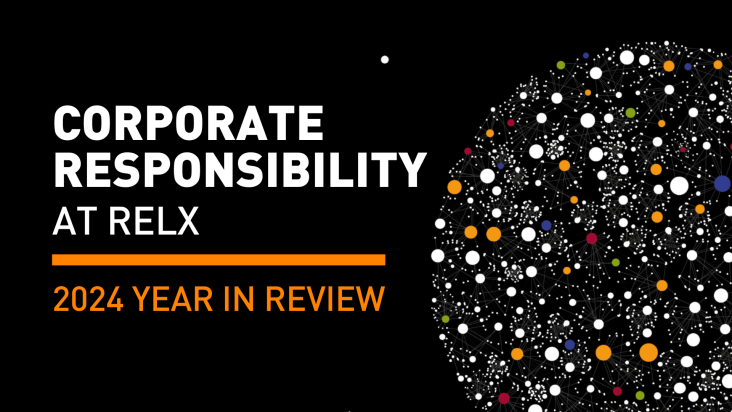This article discusses the challenges and lessons learned from conducting an inclusive randomized controlled trial (AFRI-c) in 91 care homes across England.�

RELX SDG Inspiration Day 2025
The Future of Philanthropy: Stepping up for the United Nations Sustainable Development Goals
This study demonstrates that a community-based primary care approach, involving local stakeholders in diagnosis, planning, and implementation, can effectively identify health needs and foster community ownership, especially in vulnerable populations during health crises like COVID-19. Such participatory strategies, aligned with Bolivia’s SAFCI health model, can improve health outcomes, address social determinants, and enhance system resilience for future emergencies.
This study reviews the growth and current state of the specialty of emergency medicine (EM) around the world. The 2023 World Health Assembly resolution emphasized emergency care as a cost-effective means to reduce health disparities and called for increased investment in emergency and critical care. Although EM is an increasingly recognized medical specialty, its growth faces barriers such as insufficient training programs, workforce shortages, and systemic challenges including resource shortages and burnout.
The article explores the strong link between metabolic syndrome and the development of Alzheimer's disease, with a focus on how dyslipidemia contributes to the underlying pathogenic mechanisms.
This study is among the first to assess the fit of respirators designed for children. The results underscore the necessity of designing respirators tailored to children�s specific facial dimensions and demonstrate that modifications�such as adding an extra ear loop clip�can significantly improve respirator fit.

Corporate Responsibility (CR) starts with the positive impact RELX has on society through our products and services.
